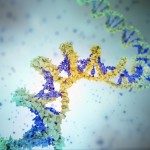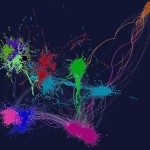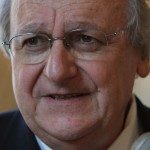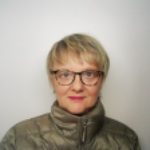Link to Pubmed [PMID] – 25635677
Nat Commun 2015 Jan;6:6154
Copy number variation of chromosomal segments is now recognized as a major source of genetic polymorphism within natural populations of eukaryotes, as well as a possible cause of genetic diseases in humans, including cancer, but its molecular bases remain incompletely understood. In the baker’s yeast Saccharomyces cerevisiae, a variety of low-order amplifications (segmental duplications) were observed after adaptation to limiting environmental conditions or recovery from gene dosage imbalance, and interpreted in terms of replication-based mechanisms associated or not with homologous recombination. Here we show the emergence of novel high-order amplification structures, with corresponding overexpression of embedded genes, during evolution under favourable growth conditions of severely unfit yeast cells bearing genetically disabled genomes. Such events form massively extended chromosomes, which we propose to call macrotene, whose characteristics suggest the products of intrachromosomal rolling-circle type of replication structures, probably initiated by increased accidental template switches under important cellular stress conditions.






